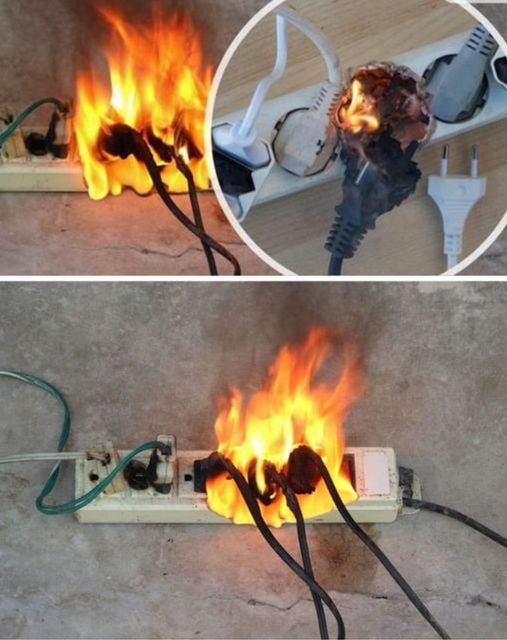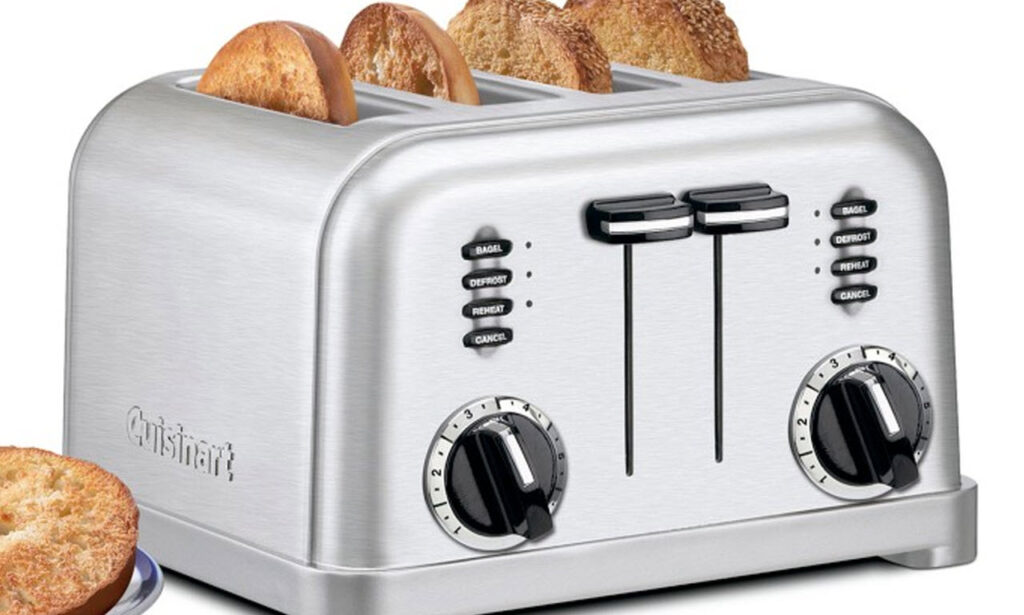There are everyday items in our homes that we often overlook when it comes to safety. Some of these items can pose serious risks and are, in fact, potential death traps. One such item that requires special attention is the power strip. While power strips are convenient, they come with a number of risks. If overloaded, they can malfunction and even ignite a fire. Therefore, it is crucial to exercise caution and take proper measures to prevent accidents.

Before you start plugging various devices into a power strip, it’s important to consider the power load it can handle. This information is typically provided on the power cable. Additionally, there are certain devices that should never be connected to a power strip to ensure safety.
If you notice that your power strips are already overloaded, the first step is to unplug all devices from them. Carefully assess each device and its power requirements before plugging them back in. Furthermore, there are specific devices that should not be connected to a power strip under any circumstances. Let’s take a look at them:
1. Oven
The oven, being a power-hungry appliance, should never be plugged into a power strip. It is strongly advised to connect the oven directly to a dedicated wall outlet that is on its own circuit. This helps prevent overloading and reduces the risk of fires.

2. Refrigerator
Similar to the oven, the refrigerator also consumes a significant amount of power. Even if you own an energy-efficient refrigerator, it is still not suitable for a power strip. It is best to plug your refrigerator into a dedicated outlet on its own circuit breaker for optimal safety.
3. Washing Machine
Did you know that washing machines often draw a substantial amount of power? They should never share a receptacle with any other appliance. Instead, washing machines should always be directly plugged into a receptacle. If possible, it is recommended to connect them to a dedicated circuit.
4. Heating Devices
Auxiliary heating devices come with their own set of risks. However, if you ensure they are plugged into their own receptacle, they can be used safely. Be cautious not to overload the circuit, and never plug them into a power strip.
5. Microwave
Microwaves might not be used constantly, but they consume a significant amount of energy. It is best practice to plug microwave ovens into their own dedicated receptacle to minimize the risk of accidents and ensure optimal performance.

6. Coffee Maker
Many people are unaware of the power consumption of coffee makers. These appliances actually draw a substantial amount of energy. As a result, they should never be plugged into a power strip or an extension cord. Directly connecting them to a receptacle ensures safer usage.
7. Toaster
Even though a toaster is typically used for short periods, it can still consume a lot of energy during operation. Therefore, it is best to plug a toaster directly into a receptacle rather than using a power strip.
8. Another Power Strip
Stacking power strips is one of the worst electrical practices one can adopt. While it may seem like a convenient solution to accommodate multiple devices, it greatly increases the risk of fires. Avoid plugging one power strip into another at all costs. Remember, safety should always be the priority.
9. Electronics (Computer, TV, Router)
Electronic devices like computers, televisions, and routers should never be connected to a power strip. Although they may not individually consume a large amount of power, they are sensitive to power surges. Plugging them directly into a receptacle helps protect them from potential damage.
By being cautious and avoiding these common mistakes, we can ensure a safer home environment for ourselves and our loved ones. Remember, responsible use of power strips can greatly reduce the risk of accidents and help maintain the longevity of our appliances. Stay safe!





